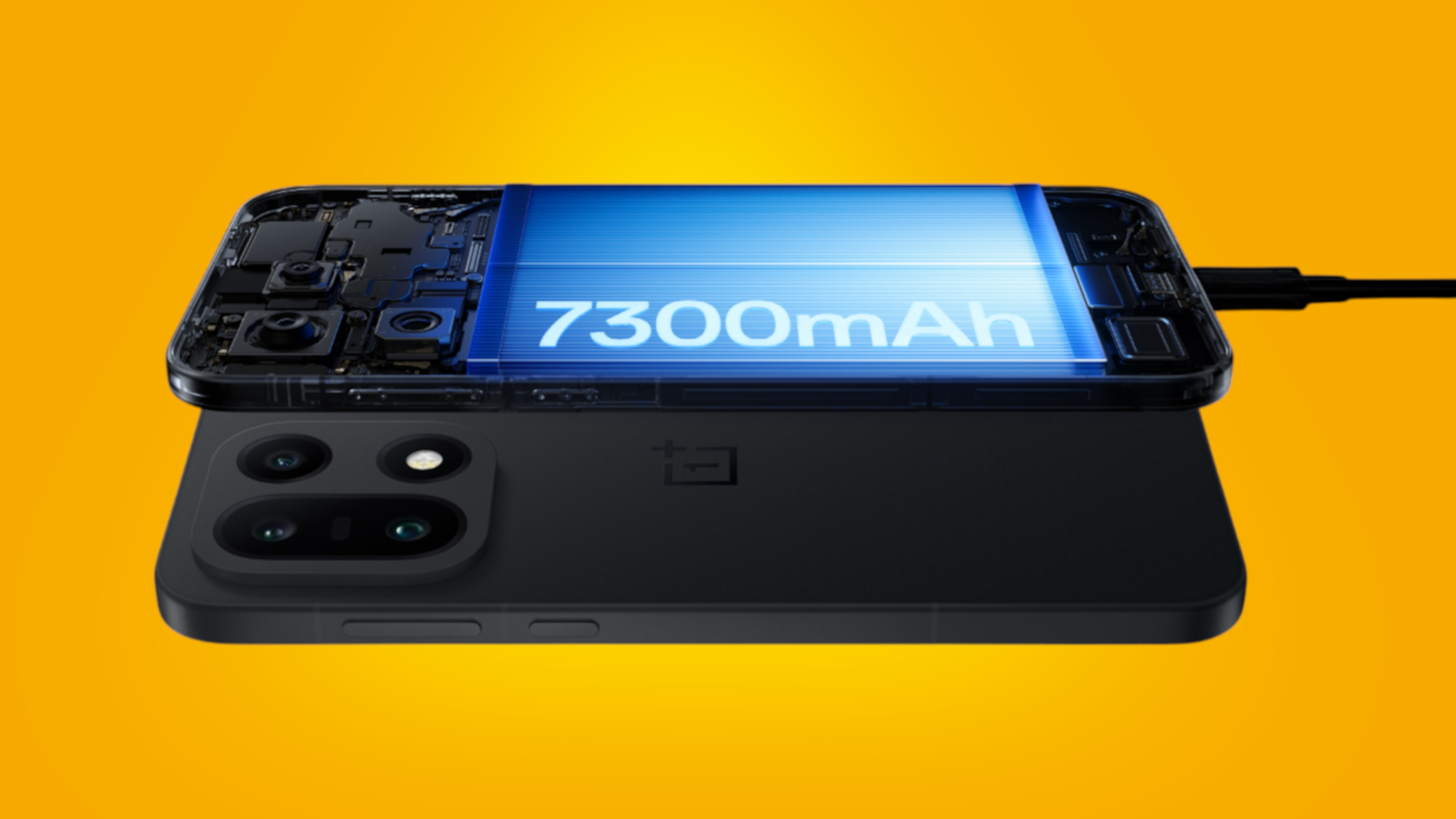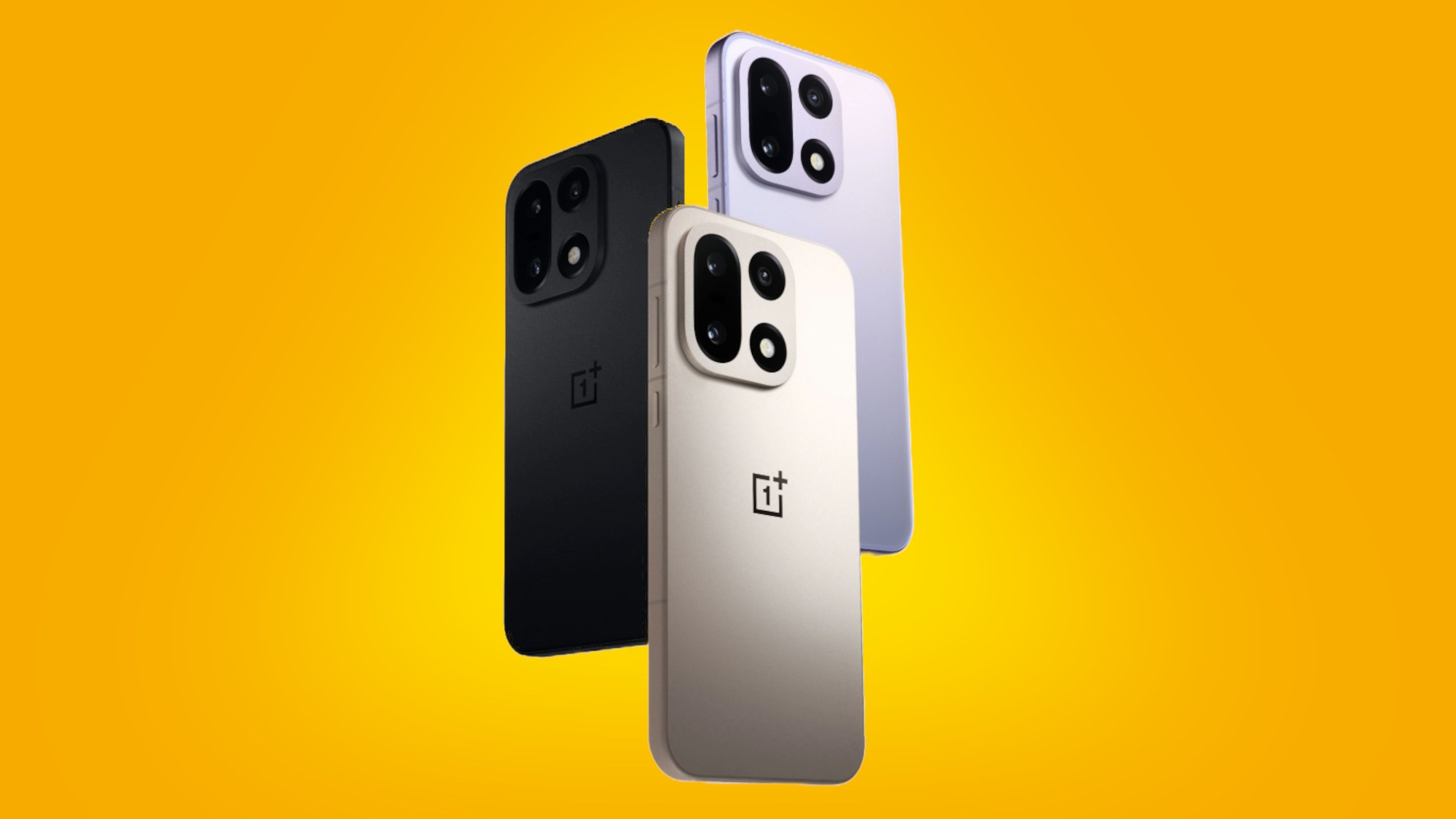‘Magnets are too heavy’: OnePlus exec explains why the OnePlus 15 doesn’t have Pixel-style magnetic charging

When the Google Pixel 10 debuted with MagSafe-style wireless charging support earlier this year, we hoped that other Android manufacturers might soon follow suit. But OnePlus fans, at least, will have to wait a little while longer for an equivalent to Pixelsnap on the best OnePlus phones.
The OnePlus 15 is set to launch globally on November 13, and while we can’t share every spec and feature about the phone just yet, we do know that it’ll arrive with a mammoth 7,300mAh battery and support for 120W wired charging (via SuperVOOC) and 50W wireless charging (via AirVOOC).
What it won’t have, though, is any form of built-in magnets, meaning OnePlus 15 owners will have to purchase a separate magnetic case to make better use of that impressive wireless charging speed. The same was true of the OnePlus 13, which launched in January.
Why, then, has OnePlus chosen not to follow Google’s example? As Rudolf Xu, Senior Product Marketing Manager at OnePlus, explained at a recent pre-briefing event for the OnePlus 15: “We haven’t integrated magnets into the phone because magnets are too heavy, and we already reserve most of our space for a bigger battery.
“The [spare] space inside the phone is very limited. For example, you have the wireless coil, which already consumes a lot of space. And if you add magnets, not only will that sacrifice comfort [because of the weight], but it will also [mean] the battery has to be smaller. And then we can’t challenge [our competitors] with the biggest battery possible. There are pros and cons – you give and take.”
It’s worth noting that the 7,300mAh battery inside the OnePlus 15 is 22% larger than the 6,000mAh cell inside the OnePlus 13, and some 40% larger than the 5,200mAh cell inside the Google Pixel 10 Pro XL. Apple doesn’t publicly disclose the battery sizes in its best iPhones, but it’s thought that the iPhone 17 Pro Max has a 5,088mAh cell.

On paper, then, the OnePlus 15 should deliver longer battery life than all three phones, and Xu is keen to note that Samsung makes the same charging trade-off with the best Samsung phones: “Samsung does the same thing. Their phones don’t support Qi2, but their cases do support [it], so they claim ‘Qi2-ready’. It’s a similar style [to what we’re doing]. We want to offer you a workaround.
Sign up for breaking news, reviews, opinion, top tech deals, and more.
“So the first feature that’s supported is, of course, wireless charging, and there are other things that you can do with [our OnePlus 15] case. For example, when you’re inside a car, you can easily snap it onto a car-mounted charger. Or when you do navigation and want to check the map easily, you can snap it into a stand.”
Are you glad that OnePlus has chosen to prioritize longer battery life on the OnePlus 15 at the expense of more convenient (but slower) wireless charging? Let us know in the comments below.
And for more on what to expect from the phone's November 13 launch, check out our exclusive chat with OnePlus’ Celina Shi, who detailed the OnePlus 15's chipset, camera features, colors, and more.
Follow TechRadar on Google News and add us as a preferred source to get our expert news, reviews, and opinion in your feeds. Make sure to click the Follow button!
And of course you can also follow TechRadar on TikTok for news, reviews, unboxings in video form, and get regular updates from us on WhatsApp too.

Axel is TechRadar's Phones Editor, reporting on everything from the latest Apple developments to newest AI breakthroughs as part of the site's Mobile Computing vertical. Having previously written for publications including Esquire and FourFourTwo, Axel is well-versed in the applications of technology beyond the desktop, and his coverage extends from general reporting and analysis to in-depth interviews and opinion.
Axel studied for a degree in English Literature at the University of Warwick before joining TechRadar in 2020, where he earned an NCTJ qualification as part of the company’s inaugural digital training scheme.
You must confirm your public display name before commenting
Please logout and then login again, you will then be prompted to enter your display name.
